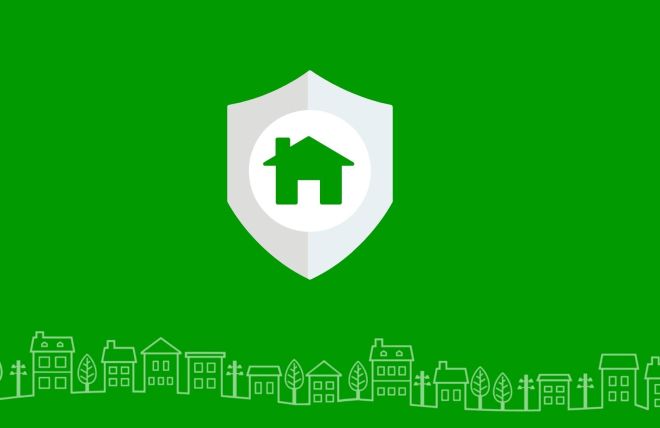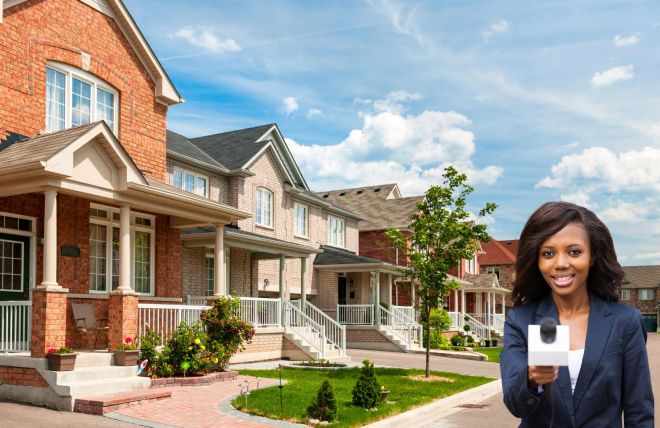In recent years, smart home technology has rapidly transformed the way we live, offering unprecedented convenience, efficiency, and security. For Homeowners Associations (HOAs), the integration of these technologies goes beyond individual homes, fostering safer, more connected, and efficient communities. This evolution aligns closely with the advancements in surveillance technology detailed in our previous discussion on Understanding Surveillance Cameras in HOA Environments, marking a significant shift towards comprehensive community security solutions.
The Rise of Smart Homes in HOA Communities
Smart home technology, encompassing everything from intelligent lighting and thermostats to advanced security systems, has seen a surge in popularity within HOA communities. These innovations not only enhance the quality of life for residents but also contribute to more sustainable and secure living environments. A 2021 survey by the National Association of Home Builders (NAHB) found that over 70% of homebuyers consider smart home technology a significant factor in their purchasing decisions, highlighting the growing demand for these features in community living spaces.
Intelligent Security Systems
Building on the foundation of surveillance cameras, intelligent security systems offer a new layer of protection. These systems can include smart locks, window and door sensors, and motion detectors, all of which can be monitored and controlled remotely. This integration ensures that residents can easily manage their home's security, while HOAs can oversee public areas, ensuring a cohesive security strategy across the community.
Energy Management
Smart thermostats and lighting systems are not just about convenience; they're also about conservation. By allowing for more precise control over heating, cooling, and lighting, these technologies can significantly reduce energy consumption. This not only lowers costs for residents but also aligns with broader environmental sustainability goals, an increasingly important consideration for communities.
Enhancing Community Connectivity
Smart technology extends beyond individual homes, fostering enhanced connectivity within the community. From shared facilities like clubhouses and gyms equipped with smart access control to community-wide Wi-Fi networks, these technologies ensure that residents can stay connected with each other and their surroundings.
Maintenance and Management
For HOA boards and property managers, smart home technology offers streamlined maintenance and management solutions. Leak detectors and HVAC monitoring can prevent major damage by alerting managers to issues before they escalate. Moreover, smart irrigation systems can optimize water usage for landscaping, reducing costs and environmental impact.
Looking Ahead: The Future of Smart HOAs
As technology continues to evolve, the potential for smart home integration within HOA communities grows. The next frontier includes the use of AI to predict and address maintenance issues, drones for security and maintenance surveys, and even the integration of electric vehicle charging stations as part of a comprehensive approach to community management.
The transition towards smart HOAs complements the security benefits introduced by surveillance cameras, as discussed in our guide on Understanding Surveillance Cameras in HOA Environments. Together, these technologies represent a leap forward in creating communities that are not only safer but also more connected and sustainable.
As we embrace the future of HOA living, it's clear that the role of technology will only continue to grow, offering new opportunities to enhance the way we live and interact within our communities.
Sources
- National Association of Home Builders. (2021). What home buyers really want. Retrieved from https://www.nahb.org/-/media/NAHB/news-and-economics/docs/housing-economics-plus/special-studies/2021/special-study-what-home-buyers-really-want-march-2021.pdf
Crafted with the precision of AI, our blogs blend human insight with digital innovation for content that truly resonates.







